Peru is most famous for the sacred archaeological site of Machu Picchu – visited each year by scores of intrepid hikers who brave the Inca Trail’s arduous slopes to explore the age-old ruins. The country’s attractions extend far beyond the mystical allure of this legendary location and include palm-fringed beaches, quaint Andean villages and archaeological treasures that predate Machu Picchu by hundreds of years – all imbued with the nation’s rich melange of indigenous and colonial cultures. Equally enticing are the exotic reaches of Peru’s Amazon rainforest; Lima’s superb eateries, exquisite architecture and effervescent nightlife; the glittering, mountain-ringed waters of Lake Titicaca; and the vibrant city of Cusco, referred to by the Incas as ‘the centre of the world’.
Peru’s capital is a fantastic city to tour, dotted with a multitude of cultural sites and beautifully preserved architecture. Founded by the conquistador Francisco Pizarro in 1535, Lima was first named ‘City of Kings’ – a biblical reference to the ‘Three Wise Men of the East’ – before its name was changed by the Spanish colonialists. The most significant historical buildings are located around the Plaza Mayor, the most notable being the Government Palace, where one can still observe the changing of the guard performed by the Húsares de Junín. The beautiful Cathedral and the various small palaces and colonial balconies also play also their part in the beauty of the city. Another highlight is the famed Larco Herrera Museum, documenting the millennial cultures that preceded the Inca civilization and containing a priceless collection of pre-Columbian artifacts, including some of South America's finest pre-Inca erotic pottery.
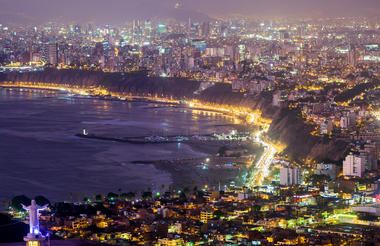
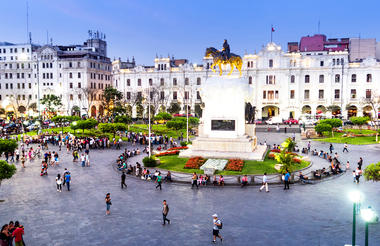
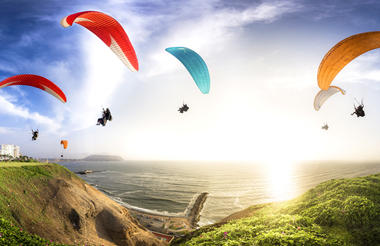
Once called the ‘Navel of the World’ by the Incas, Cusco rises in the southern Andes of Peru, where colonial grandeur meets the enduring stonework of the Inca Empire. A UNESCO World Heritage Site, it serves as the main gateway to Machu Picchu, the Sacred Valley, and surrounding ruins. At its centre, the Plaza de Armas—once Huacaypata—remains alive with cafés, arcades, and the 16th-century Cusco Cathedral, built from Sacsayhuamán’s stones. Nearby, the San Blas district unfolds with whitewashed adobe houses, blue balconies, and workshops where artisans craft metalwork, woodcarvings, and sacred art. Across the city, layers of history reveal themselves in landmarks such as the Korikancha, the Inca street of Hatun Rumiyoc with its twelve-angled stone, the Museum of Colonial Art, and the ancient shrines and water temples scattered through the surrounding hills.



Also known as Urubamba Valley, the Sacred Valley of the Incas is located in the Peruvian Andes, beneath the world-famous site of Machu Picchu and not far from Cuzco, the unofficial Inca capital. This fertile valley is fed by a network of waterways and encompasses a wealth of archaeological sites, including Ollantaytambo, renowned for its extensive Inca ruins; Tipon, which features ancient agricultural terracing and a working irrigation system; and Pisac, with its ancient vestiges and colourful weekly market.


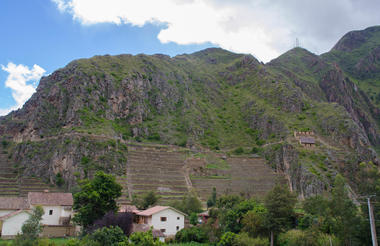
Aguas Calientes, officially Machu Picchu Pueblo, is located in the Cusco Region of Peru, cradled within the lush cloud forests of the Andes. Perched along the Urubamba River, the town is encircled by towering cliffs and dense jungle vegetation, with a central creek dividing it and crossed by quaint pedestrian bridges. Established as a gateway to the iconic Machu Picchu ruins 9 kilometres away, Aguas Calientes emerged alongside the rail line in the early 20th century to accommodate travellers. Today, it thrives as a tourist hub, featuring pedestrian-friendly streets, a variety of hotels, restaurants, and artisanal markets. Visitors can unwind in the town’s natural thermal baths, which inspired its name, or embark on riverside and jungle trails offering stunning vistas. Just beyond the town, the Mandor Valley entices visitors with its tranquil trails and a stunning waterfall cascading through a lush jungle setting teeming with diverse flora.
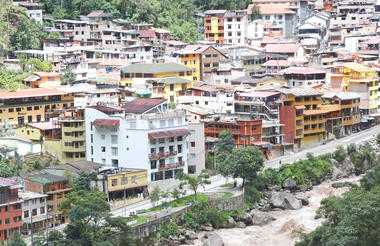
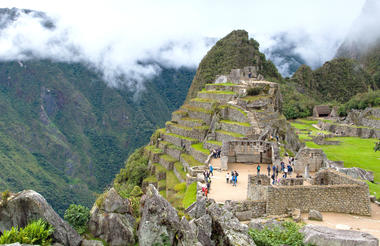
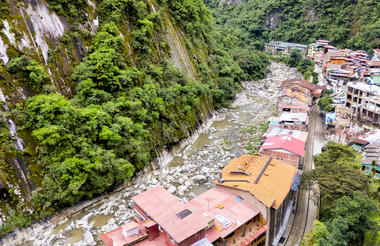
As previously described


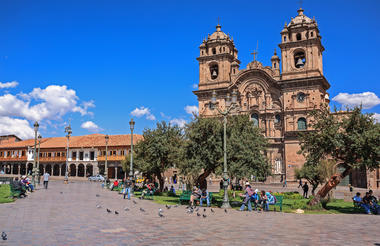
Set on the shores of glistening Lake Titicaca, on the Altiplano of Peru, this large city is dubbed the ‘folklore capital' of the country, well known for its traditional music and dance. It is also famous for its incredible collection of floating islands - man-made islands created from reeds, which exhibit the unique survivalist culture that has been alive here since pre-Incan times. Other highlights include visits to the atmospheric, historical Church of San Pedro, the gorgeous Sistine Chapel of the Americas, and a stroll along the boardwalk on the shoreline of Lake Titicaca. Active types should take on the challenge to climb up the 700 steps to the Kuntur Wasi viewpoint, which is presided over by a massive metal condor sculpture, for the reward of breathtaking vistas across the city and Lake Titicaca beyond.

The island of Amantani, on the Peruvian side of Lake Titicaca, is famous for homestays, during which tourists get to stay in the homes of local residents. Here visitors will experience home-cooked traditional cuisine, have the option to hike up the mountain to ancient ruins, and enjoy a night dressed in traditional garb, dancing to indigenous music. Amantani is home to the ruins of one of the holiest cities in the empire. Here, history enthusiasts can discover extensive collections of Pre Hispanic constructions, including a pair of natural watchtowers and temples where sacred ceremonies took place hundreds of years ago. The island also offers spectacular views of Lake Titicaca and the Cordillera Real mountain range and hosts meditation retreats regularly, usually around the full moon. You can also buy beautiful handmade crafts sold on the island, most notably the exquisite alpaca wool hats.



As previously described







